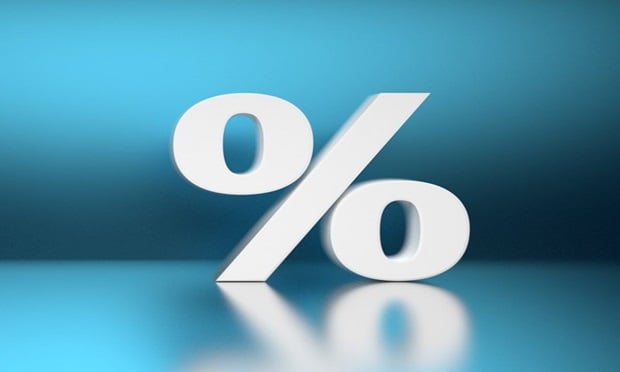LOS ANGELES-Real estate investors are back, and with them, investment opportunities are expanding. The relative value of real estate is climbing, especially when compared to other asset classes such as bonds, stocks and operating companies. As a result, the risk adjusted value of commercial real estate is now attracting many new equity investors.
In both the debt and equity real estate capital markets, asset allocation models are now considering real estate to be a preferred asset class. As a result demand for investment opportunities is on the rise, paving the way for a broadening definition of the types of assets and markets that can now attract capital. The major changes in the current investment market center around the investors themselves, the assets which can now be financed, and the structure of the financing available.
Who Is Investing?
In the past, commercial real estate professionals may have had 20 to 30 active equity providers to choose from, while today we have over 250 at our disposal. In today's market, foreign capital, family offices and high net worth investors are competing with the opportunity/hedge funds, pension fund advisors and big institutions in an effort to capitalize on the increase in potential investments.
These players differentiate themselves by specializing in particular aspects of a deal such as deal size, timing to close, cost of capital, structure, markets to which they are willing to go, or products in which they are willing to invest. The number of equity players in the market continues to grow, and as a result, there is now an investor out there for every type of deal.
What Assets are Investors Targeting?
A year ago, most investors were only interested in new apartments, grocer-anchored retail properties, and class-A office and industrial product all located within the top six gateway markets in the United States. In contrast, over the past six months, George Smith Partners has placed over $100,000,000 of equity for uses such as apartment development, land to be re-entitled for development, and the acquisition and repositioning of existing apartment, industrial, retail and office product.
Investors are also now venturing back into asset types that were nearly impossible to attract equity at a “reasonable” cost during the downturn, such as land development, single family development, hotel development, and mobile home parks.
Today's investors are not only willing to compromise on the type of asset, but on virtually all aspects of a potential investment as long as the overall risk adjusted return is appropriate. As the yields have been driven down by the increased competition in the market, investors have been forced to expand their investment criteria in order to achieve the double digit returns they desire. Investors are now stretching the acceptable asset quality and market threshold for their investments, as well as investing in smaller deals (equity contributions of as little as $2,500,000). These investors are now not only looking at property of every type, but are also looking at property that is located in secondary or tertiary markets, real estate of lesser quality, and investments whose sponsors have less than perfect credit or other issues as a result of the downturn.
How Are These Changes Affecting Finance Structure?
Changes in the equity market have also been seen in the compression in the Internal Rate of Return, and in the multiples that investors are willing to accept. An investor that would formerly only accept an investment with an IRR of 20% is now accepting a standard of 15%. Once again, this is a result of yield being a function of risk, and the type of investor commanding a 20% plus return usually cannot sustain the required associated level of risk for that higher return in today's market.
Additionally, investors are trading upside for downside protection. Many times a sponsor and an investor have different views on inflation and exit values. Because of this, we have found that if we allocate more of the return earlier in the waterfall, the investor will allow for a super promote after the last waterfall hurdle. We are also seeing super promotes, or (less often) cash out to the sponsor upon venture formation. These structures allow investors to recognize the value created by a sponsor holding an asset or buying it during the Great Recession. These innovative structures coupled with the increased number of market players has resulted in a broader scope of offerings from equity investors.
With the addition of new investors, as well as the variety of product now fit for investment, the market for commercial real estate as an investment shows no signs of slowing. Navigating these new waters can be tricky with so many options available in today's market. Being equipped with both the market knowledge needed and a solid financial intermediary partner can make a world of difference. With flexible terms and an investor out there for every type of deal, now is the time for property owners, developers and investors to make that leap into the market and secure equity for their deal.
Gary E. Mozer, is a principal and managing director of George Smith Partners. The views expressed in this column are the author's own.
Want to continue reading?
Become a Free ALM Digital Reader.
Once you are an ALM Digital Member, you’ll receive:
- Breaking commercial real estate news and analysis, on-site and via our newsletters and custom alerts
- Educational webcasts, white papers, and ebooks from industry thought leaders
- Critical coverage of the property casualty insurance and financial advisory markets on our other ALM sites, PropertyCasualty360 and ThinkAdvisor
Already have an account? Sign In Now
*May exclude premium content© 2025 ALM Global, LLC, All Rights Reserved. Request academic re-use from www.copyright.com. All other uses, submit a request to [email protected]. For more information visit Asset & Logo Licensing.








